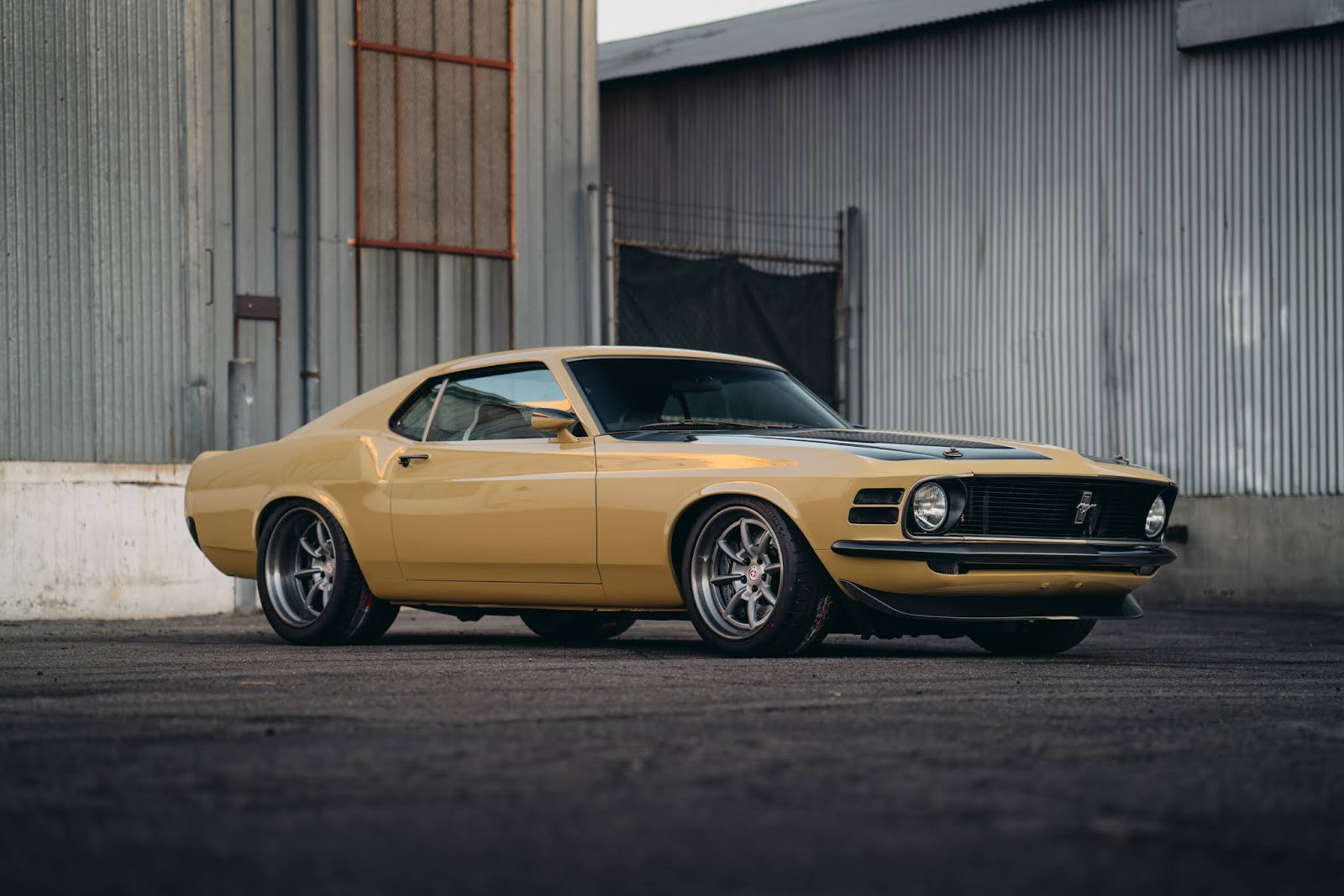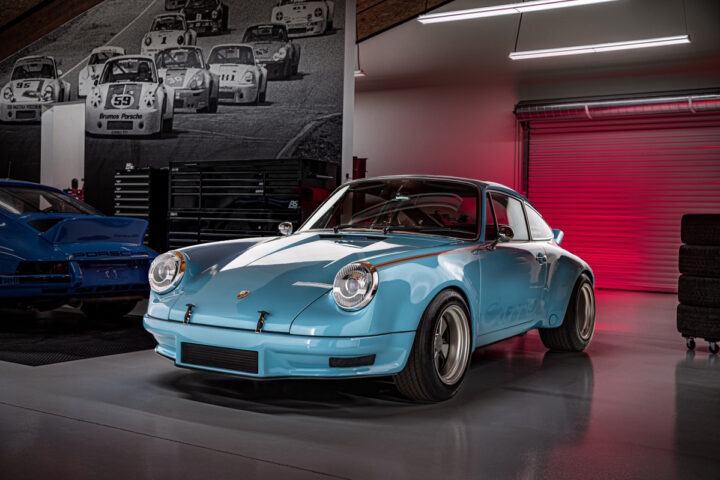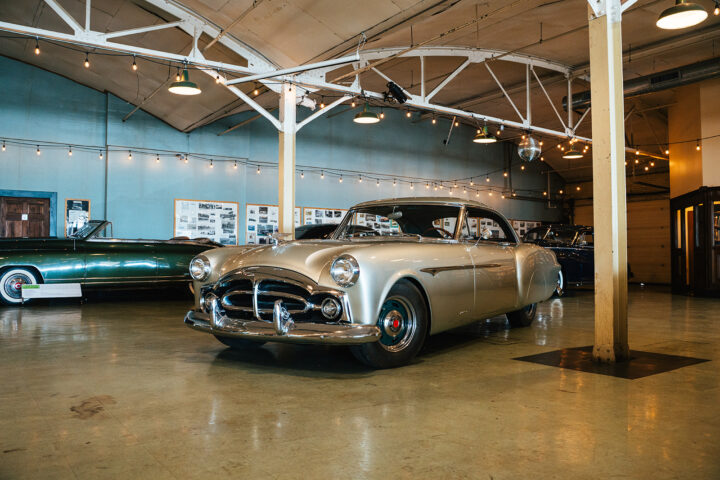TGR Staff
Robert Downey Jr.’s 1970 Ford Mustang Boss 302 came to be after Downey approached SpeedKore to create his vision of a modernized Mustang. His vision for the vehicle was to incorporate carbon fiber components into the body while retaining the classic style of the 1970 body style, update the performance and handling capabilities to that of a modern supercar while creating an interior that draws inspiration from European styling.
The Mustang’s body received a full complement of SpeedKore carbon fiber body panels, replacing the hood, fenders, bumpers, deck lid, chin spoiler, quarter extensions, and valence to save weight. While the car was finished with a custom paint color from PPG, stripes of the carbon fiber has been left exposed through a glossy clearcoat to generate a nice contrast between the two.
The Boss 302 is powered by a 5.0-liter V8 Aluminator engine from Ford Performance fitted with a Roush Stage II supercharger. The engine is attached to a Bowler T56 magnum six-speed transmission and routes power to the rear wheels through a Detroit Speed Ford 9-inch rear differential. The vehicle remains planted thanks to a Detroit Speed and Engineering Aluma-frame suspension system in the front and a Quadralink in the rear. In order to create additional clearance for the massive 345/30ZR19 Michelin Pilot Super Sport tires in the rear, the vehicle was outfitted with DSE mini-tubs.
To match the period-correct exterior color of the vehicle, the Recaro seats, dash, and the remaining interior components were wrapped with brown leather and contrasting woven fabric not commonly used in automotive interiors. The rear seat was removed in lieu of a seat delete which covers the rear wheel tubs. The cockpit was then finished with a Vintage Air climate control system and SpeedKore-designed, CNC machined custom steering wheel.
“We are incredibly excited to showcase these two vehicles at the 2019 Grand National Roadster Show” says Salvaggio. “After receiving such an exceptional response during their respective debuts at the SEMA Show, we are looking forward to seeing the reaction of the enthusiast audience to these vehicles which we believe provide a glimpse into the future of custom car building.”
For more information on “Evolution” the 1970 Dodge Charger and the 1970 Ford Mustang Boss 302, SpeedKore and SpeedKore carbon fiber parts, please visit www.speedkore.com or stay connected with the team on Facebook and Instagram.

























